#Survivors of Whitehorse Indian Mission School by Ken Anderson
Text
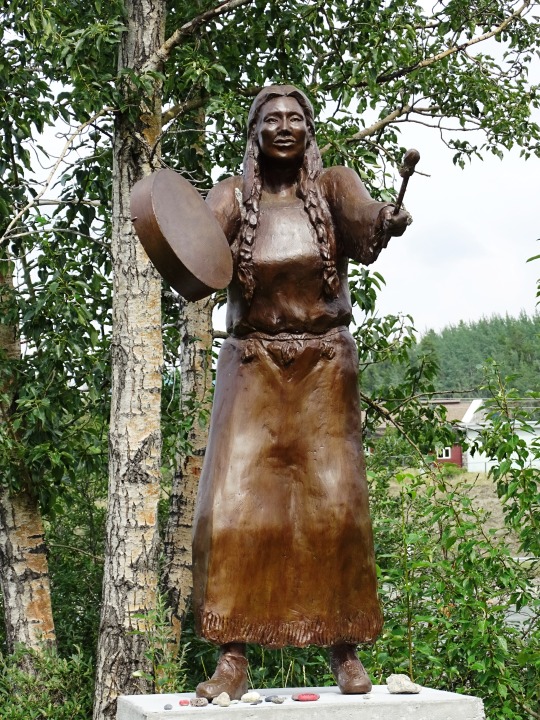

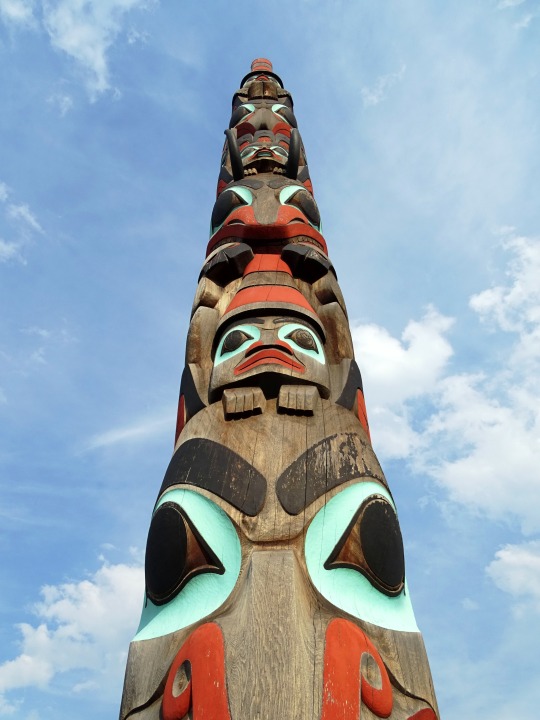




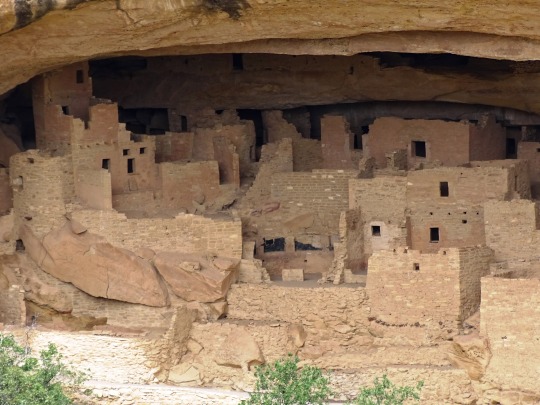



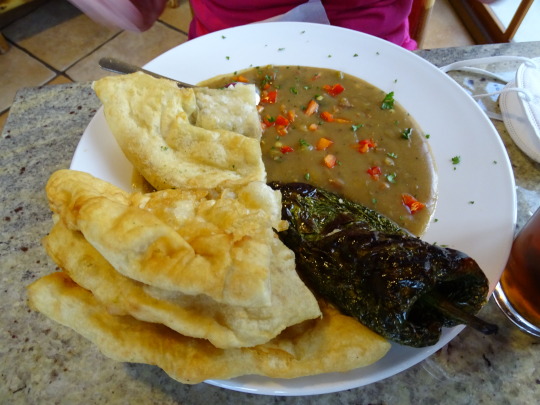
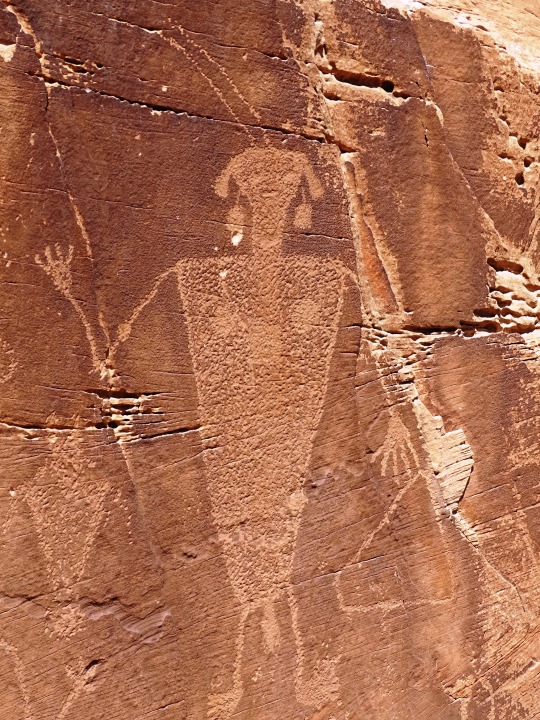
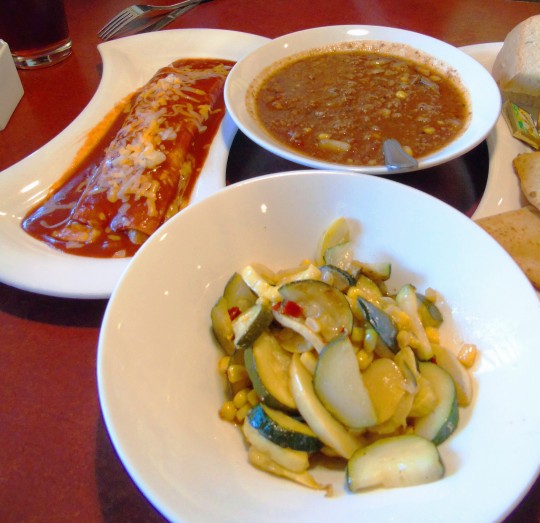


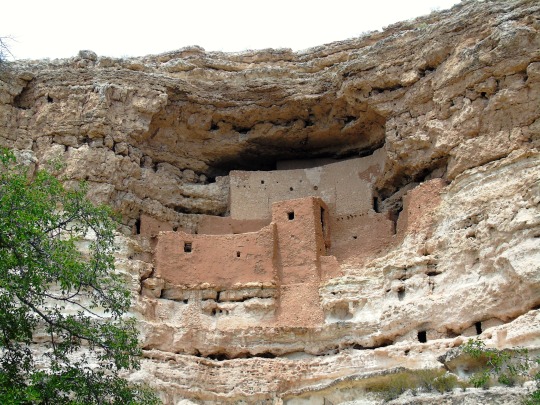
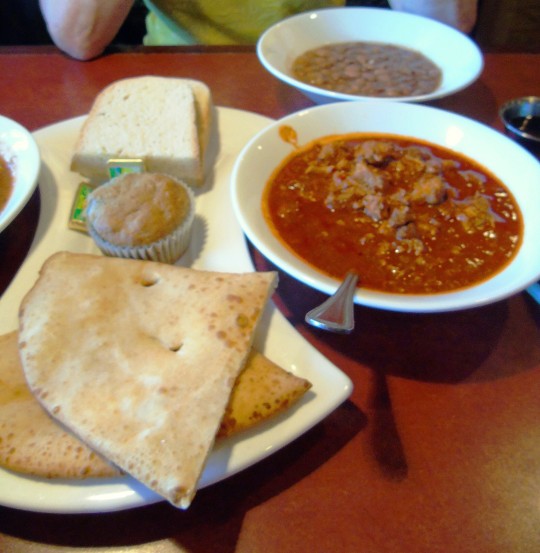
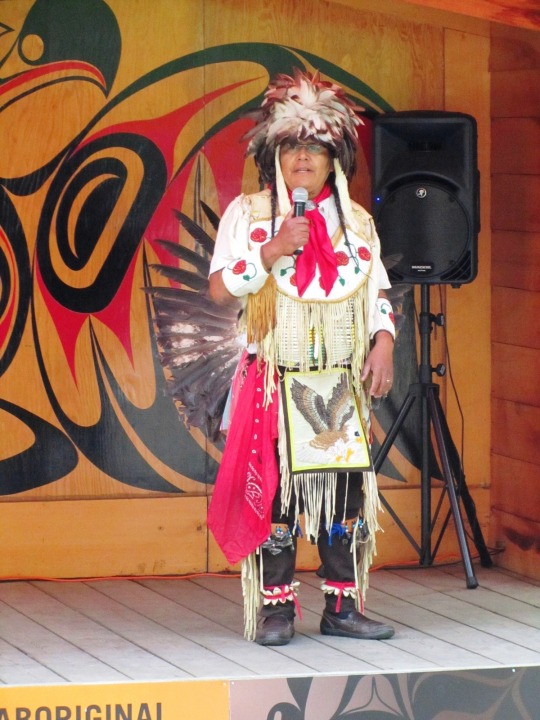
National Day of Mourning
The National Day of Mourning takes place on the fourth Thursday of November, this year it’s on November 23. If this date sounds familiar to you, it’s because the fourth Thursday of November also coincides with Thanksgiving in the U.S. Every year on the National Day of Mourning, Native American people in New England gather together to protest. To them, Thanksgiving serves as a reminder of the unjust treatment that Native Americans have received since the 1620 Plymouth landing.
History of National Day of Mourning
The National Day of Mourning reminds us all that Thanksgiving is only part of the story. Native Americans, since 1970, have gathered at noon on Cole’s Hill in Plymouth, Massachusetts, to commemorate a National Day of Mourning on Thanksgiving Day.
Pilgrims landed in Plymouth and established the first colony in 1620. As such, it’s the oldest municipality in New England. Many Native Americans, however, don’t celebrate the arrival of the Pilgrims and other European settlers. Thanksgiving, to them, is a brutal reminder of “the genocide of millions of Native people, the theft of Native lands, and the relentless assault on Native culture.”
They participate as a way to honor Native ancestors and the struggles of Native peoples to survive today. “It is a day of remembrance and spiritual connection as well as a protest of the racism and oppression which Native Americans continue to experience.”
The United American Indians of New England (UAINE) sponsors this event. They maintain that the Pilgrims arrived in North America and claimed tribal land for their own, as opposed to establishing a mutually beneficial relationship with the local inhabitants. UAINE members believe that these settlers “introduced sexism, racism, anti-homosexual bigotry, jails, and the class system.”
The National Day of Mourning generally begins at noon and includes a march through the historic district of Plymouth. While the UAINE encourages people of all backgrounds to attend the protests, only Native speakers are invited to give these speeches about the past, as well as current obstacles their people have overcome. Guests are asked to bring non-alcoholic beverages, desserts, fresh fruits and vegetables, or pre-cooked items. The protest is open to anyone, and has attracted other minority activists.
National Day of Mourning timeline
1998
No permit needed
UAINE receives permission from local authorities to march in protest without having to obtain a permit.
1997
Protests got violent
State troopers use force against protesters who gathered together to observe the 28th annual National Day of Mourning.
1970
National Day of Mourning began
The first annual protest for the National Day of Mourning takes place.
1620
Pilgrims arrived
English separatist Puritans, who had broken away from the Church of England, land at Plymouth Rock. Today we refer to them as Pilgrims.
National Day of Mourning FAQs
What really happened in 1621?
The Pilgrims celebrated their first successful harvest by firing guns and cannons in Plymouth. The noise alarmed ancestors of the Wampanoag Nation who went to investigate. That is how native people came to be present at the first Thanksgiving
Are federal offices closed on a national day of mourning?
U.S. government offices are closed on the National Day of Mourning due to the Thanksgiving holiday.
What happens on the National Day of Mourning?
Native Americans and supporters gather in Plymouth to “mourn our ancestors and the genocide of our peoples and the theft of our lands.”
How to Observe National Day of Mourning
Brush up on your history: Do you know much about the first Thanksgiving? Do some research online, stop by your local library, or watch a documentary that will help give you a better understanding of what Native Americans actually went through.
Learn more about the United American Indians of New England (UAINE): UAINE is responsible for helping the National Day of Mourning protest take shape. To observe this important day, take some time to learn about about the UAINE. It's a fascinating organization that has done a great deal to promote better treatment for the Native American people.
Attend a protest: Protesters gather on Cole's Hill, a location overlooking Plymouth Rock, in Massachusetts. Everyone is welcome to observe these gatherings, and recently, other minority groups have started to become involved in the events of this day.
4 Reasons To Thank Native Americans
They've been here a while: Native Americans have existed in what is now known as the United States since 12,000 BC.
Thank you for your service: Although they were not considered American citizens, over 8,000 Native Americans served in the military in World War I.
Your great-grandma is who?: Many of the first families who settled in Virginia trace their roots directly back to Pocahontas.
An important vocabulary lesson: A bunch of Native American words have made their way into the English language; for example, coyote, tomato, poncho, potato, and chia.
Why National Day of Mourning is Important
It serves as an important history lesson: Textbooks often glaze over the unjust treatment of Native Americans. The National Day of Mourning, however, is a reminder that the people native to the Americas have been the recipients of a great deal of unfair treatment. It's important to discuss.
It's a time to come together: For protesters, the National Day of Mourning serves as a time to rally together to advocate for what they believe in. UAINE has worked to improve relations between the government and native people.
It shifts our attention away from turkey: Yes, Thanksgiving can be a great day filled with tons of good food and time spent with loving family and friends. However, the mission behind the National Day of Mourning is to highlight that the Thanksgiving holiday is actually quite painful for some people. For quite a few Native Americans in New England, Thanksgiving marks a time when their ancestors were treated poorly.
Source
#Finding Peace Monument by Halain De Repentigny#Survivors of Whitehorse Indian Mission School by Ken Anderson#Two Brothers Totem Pole by Jaalen and Gwaai Edenshaw#Jasper National Park#travel#original photography#vacation#tourist attraction#Canada#USA#summer 2023#2022#First Nations#Labyrinth Park#Navajo#Diné#Monument Valley Navajo Tribal Park#Dinosaur National Monument#Mesa Verde National Park#The Gather-Ring by Manuel Báez and Charlynne Lafontaine#Ottawa#National Day of Mourning#23 November 2023#NationalDayofMourning#native american#Wabanki Canoe#Founding Fathers by Dale Faulstich#Jamestown S'Klallam Tribe#fourth Thursday in November#Unthanksgiving Day
4 notes
·
View notes
Text



























Canada’s National Indigenous Peoples Day
Learn about the various cultures and traditions of Canada’s Indigenous People, or join an event or ceremony to see how they have been preserved over time.
The culture, language and social systems of the original inhabitants of our world have had a significant impact on how we live our lives today. Canada’s National Indigenous Peoples Day is all about focusing on the contribution that these groups have made to our societies and helping people to learn about their heritage and culture. By celebrating this day, we can help keep Indigenous languages, traditions and culture alive for future generations.
Learn About Canada’s National Indigenous Peoples Day
The day officially first began in Canada in 1996, to celebrate the contributions and history of the Métis, Inuit and First Nation peoples. Since then, the day has been observed and celebrated internationally. Originally organized on the Summer Solstice (when the different peoples sometimes celebrate their heritage on the longest day of the year), the day’s events often include traditional feasts from each Indigenous People, festivals, dances, and the opportunity for people of all ages to learn about traditions, spiritual beliefs and culture. You might be lucky enough to see a sacred fire extinguishing ceremony or participate in a feast with a traditionally prepared meal.
It’s all about bringing people together from different walks of life to share in the contributions of Indigenous People to our society. You’ll find an eclectic mix of contemporary and traditional music while learning about how Indigenous Peoples helped to develop our agriculture, language and social customs. The day is also about how governments are creating crucial partnerships with Indigenous Peoples to protect their land, heritage and culture in modern times.
You can all get involved as the website has educational material for the whole family. There are also awareness events hosted in schools and local communities. If people want to get more involved they can even submit their ideas to get them registered as part of the event, so there are hundreds of opportunities to get involved. It also forms part of more extensive celebrations over an entire month that includes days like Multiculturalism Day and overall, aims to celebrate people from all walks of life and culture.
History of Canada’s National Indigenous Peoples Day
The day was officially recognized in Canada by the Governor-General of Canada Roméo LeBlanc in 1996. A year earlier in 1995, the Royal Commission on Aboriginal Peoples put forward the idea for the day to be created. The Royal Commission on Aboriginal Peoples was a Commission put forward to reconcile the relationship between the Métis, Inuits and First Nation peoples and the Canadian Government. In 1996, Aboriginal Day was born, later changed to Canada’s National Indigenous Peoples Day in 2017.
In 1995, it wasn’t just the Royal Commission on Aboriginal Peoples that suggested the day should be celebrated. A team of non-Indigenous and Indigenous peoples gathered and named themselves the Sacred Assembly. Chaired by Elijah Harper (Canadian Politician and Chief of the Red Sucker Lake First Nations) they called for a day for Indigenous Peoples to be celebrated and recognized for their contributions to our society. In 1982, what is now known as the Assembly of First Nations, set the path for the creation of this day, which led to Quebec recognizing the day as early as 1990.
However, there has been chatter about creating this day since 1945, when the day was first termed as ‘Indian Day’ by First Nation Chiefs, led by Jules Sioui. Jules Sioui was part of Huron Wendake First Nation and led two conventions during World War II which started to challenge the rights of Indigenous Peoples. The first meeting was chaired in 1943 in Ottawa and was attended by 53 people. The conference grew remarkably, and in 1944 was attended by four times as many people. Since then calls for a day of recognition have gained increasing traction and popularity.
Meanwhile, in late-1970s America, an International Conference began to suggest that America should host a celebration of its Indigenous peoples on Columbus Day. In 1989, it was first celebrated by South Dakota, and by 2019 was observed by multiple towns and states, including Louisiana, Dallas and Vermont. Brazil has also been celebrating since 1943, by decree of the then President, Getúlio Vargas. The UN also launched International Day of the World’s Indigenous Peoples in 1994, celebrating worldwide contributions from global Indigenous populations.
The United Nations had issued a Declaration on the Rights of Indigenous Peoples (UNDRIP) in 2007, which aimed to create a global framework for the preservation, dignity and well-being of each Indigenous culture. This process started in 1982, when the UN created the Working Group on Indigenous Populations, to discuss the discrimination that Indigenous Peoples had faced worldwide.
How To Celebrate Canada’s National Indigenous Peoples Day
This is the perfect time to learn about different Indigenous Peoples and their cultures and traditions. For example, in Canada, this day celebrates the First Nations, Inuit and Métis cultures. Why not learn about the Michif language of the Métis, or find out more about the storytelling traditions of the Inuits? Learning about the separate cultures will help us to understand how each independent group contributed to many of the things in society we take for granted today.
Why not get involved in a local event and participate in a traditional feast or watch a sacred ceremony? Dive right in and download some of the online material – why have some fun with family and friends and learn about Indigenous Peoples in the process? If you don’t have an event near you, why not host your own and reach out to the local Indigenous community for some assistance.
Learning about the history of Indigenous Peoples is also part of understanding why a day of celebration is so vital for preserving cultures today. From land disputes to reconciling with Governments across the world, the story for all Indigenous People has not been an easy one.
Luckily now we can preserve and enjoy all Indigenous cultures and appreciate the vast contribution that has been and is still being made today. So get stuck in, participate in a traditional event and learn all you can about different cultures. Help us send a big thank you to the original inhabitants of our planet for making it what it is today.
Source
#The Three Watchmen by James Hart#Gitwangak Battle Hill#Terrace#Whistler#Vancouver#Inukshuk by Alvin Kanak#Survivors of Whitehorse Indian Mission School by Ken Anderson#Finding Peace Monument by Halain De Repentigny#Whitehorse#Two Brothers Totem Pole by Jaalen and Gwaai Edenshaw#Jasper National Park#wickiup#Labyrinth Park#Grande Cache#Dorset Paleo Eskimo settlement#Inuit#travel#Lower Fort Garry National Historic Site of Canada#Canada’s National Indigenous Peoples Day#CanadasNationalIndigenousPeoplesDay#21 June#summer 2023#original photography#vacation#tourist attraction#First Nations
1 note
·
View note
Text
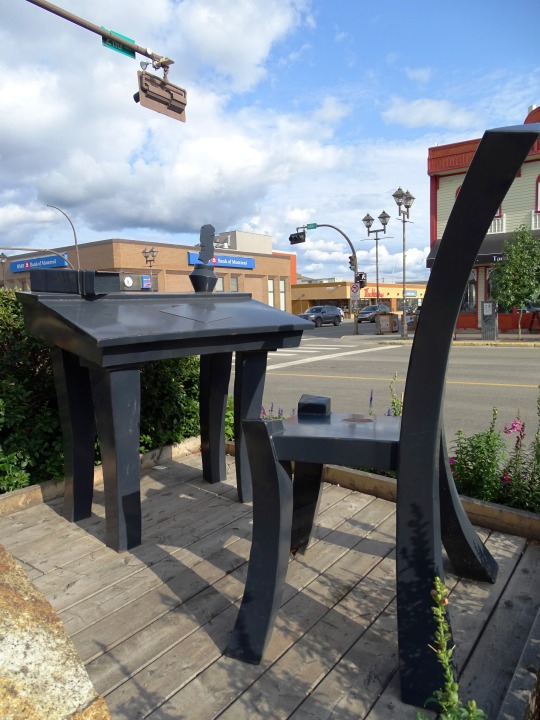
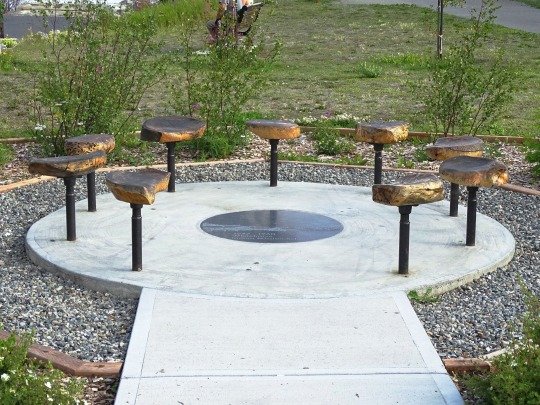
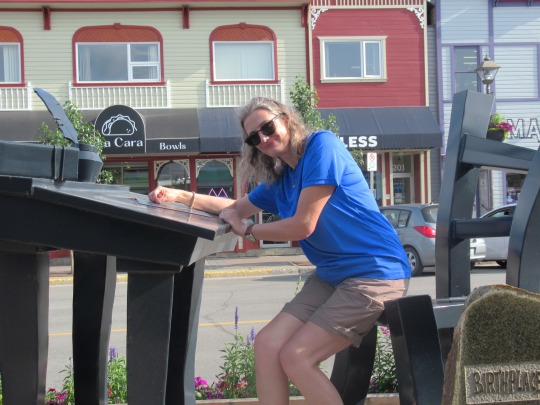
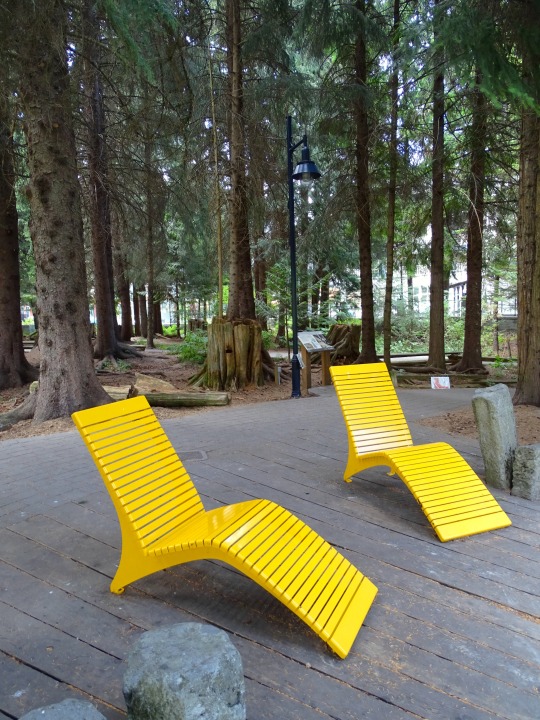
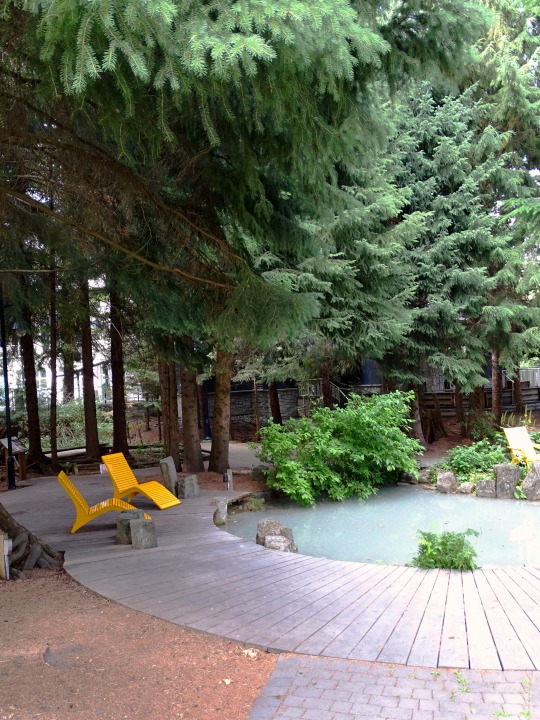
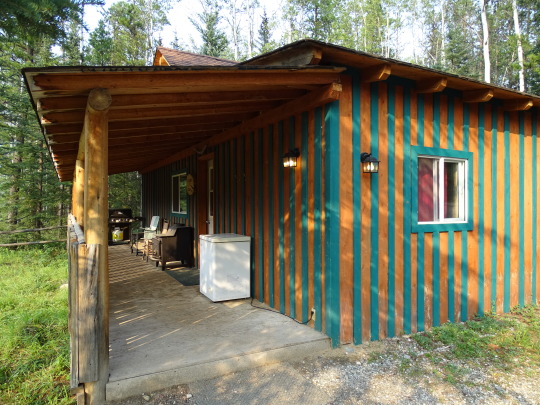
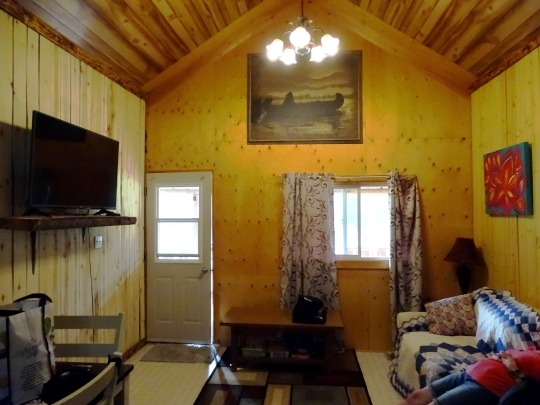

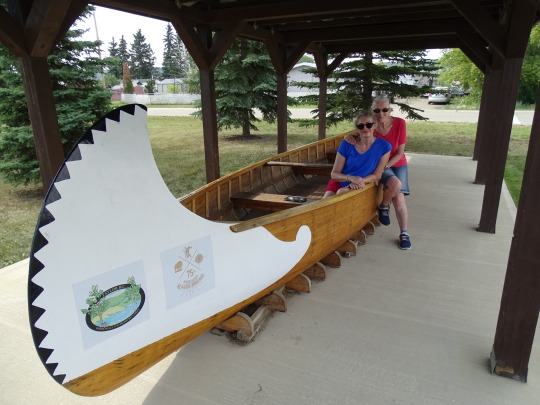
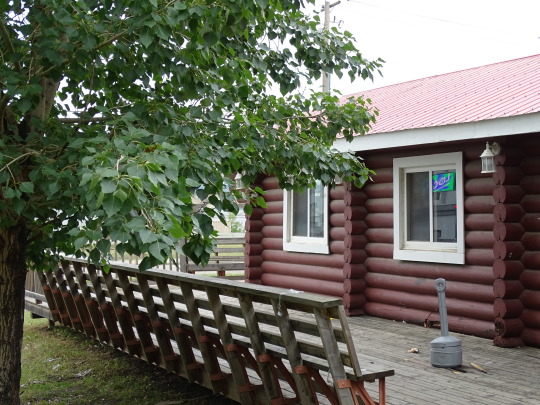
Benches/Chairs (No. 2)
Whitehorse, YT (three pics)
Whistler, BC (two pics)
Toad River, BC (two pics)
Taylor, BC (two pics)
Dawson Creek, BC
#Statue of desk and bust honoring author Robert Service#Whitehorse#Yukon#summer 2023#Canada#travel#original photography#vacation#tourist attraction#landmark#cityscape#architecture#landscape#countryside#Whistler#British Columbia#Survivors of Whitehorse Indian Mission School by Ken Anderson#Toad River#log cabin#AirBnB#Alexander Mackenzie's canoe#Taylor#Dawson Creek#bench#chair#interior#exterior
1 note
·
View note
Text
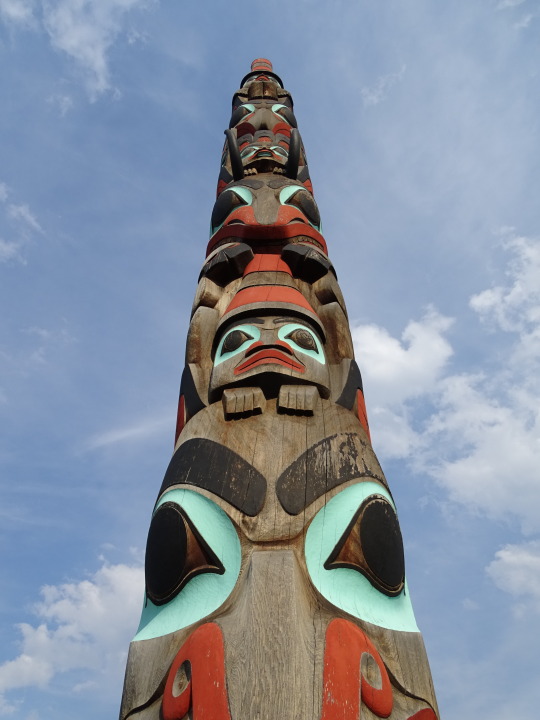




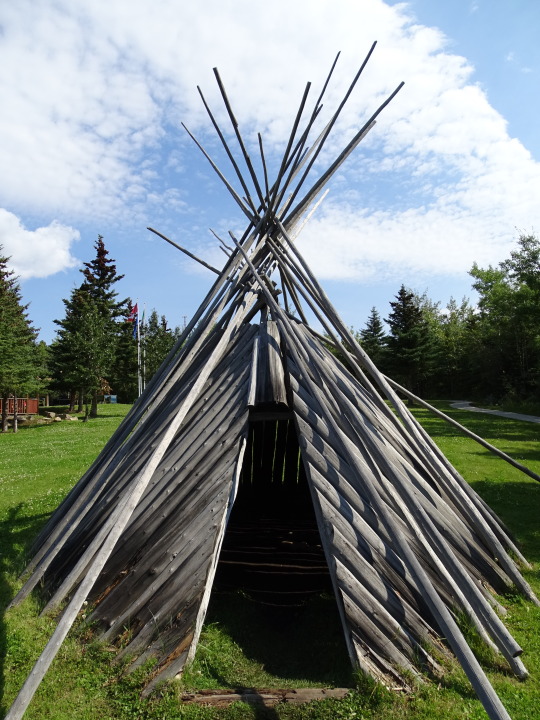





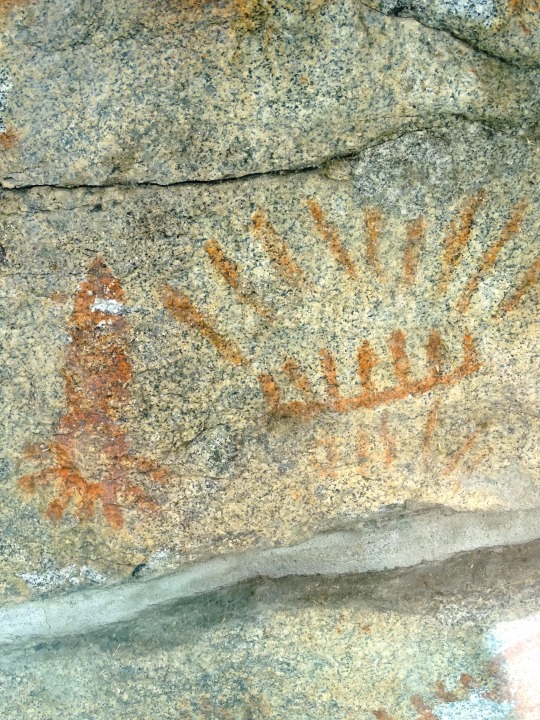
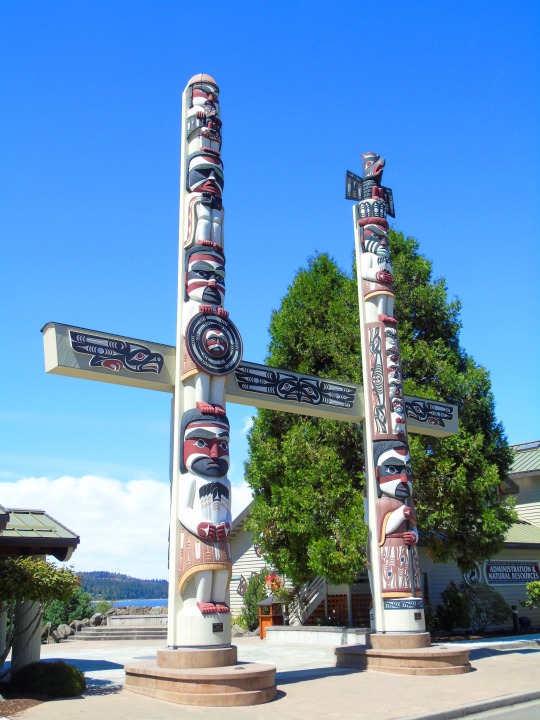










Indigenous Peoples’ Day/National Native American Day
Coming together to honor and learn from the rich heritage and wisdom of those who've lived on American soil for generations.
Appreciating and paying respect to the unique heritage and culture of those whose origins are native to the Americas, Indigenous Peoples’ Day offers the opportunity to honor, learn, celebrate and raise awareness.
History of Indigenous Peoples’ Day
Honoring Native American people throughout the United States, Indigenous Peoples’ Day was first officially celebrated in the US in 2021, when US President Joe Biden became the first president to formally recognize the day. However, the idea for the day goes back much further.
In 1977, the United Nations in Geneva, Switzerland sponsored the International Conference on Discrimination Against Indigenous Populations in the Americas. Part of the purpose was to begin celebrating Indigenous Peoples’ Day, particularly with the idea of replacing the adoration and glorification of Christopher Columbus with recognition and acknowledgement of the native peoples of the land.
Columbus Day, which is an American holiday, falls on the second Monday of October in the United States, has been less revered in recent years. This is likely due to the fact that the indigenous peoples of the time had their lands and lives taken away from them by the settlers from Europe, and the American people are becoming more aware of the way history has been written only from the perspective of the white person.
In exchange for Columbus Day, many people in the United States have begun the celebration of Indigenous Peoples Day instead. Coinciding with the 500th anniversary of the arrival of Christopher Columbus on American soil, a celebration of Indigenous Peoples’ Day was organized on October 12, 1992 in Berkeley, California. Many other cities and towns have accepted and implemented something similar in their communities, including places such as Los Angeles, California and Washington, DC.
At least twelve of the United States do not celebrate Columbus Day, and the state of South Dakota celebrates Native American Day instead. Tribal governments in Oklahoma have also made declarations regarding the celebration of Native American Day.
How to Celebrate Indigenous Peoples’ Day
A wide spectrum of ways for Americans to celebrate Indigenous Peoples’ Day can be discovered and created. Consider implementing some of these ideas in honor of the day, or come up with some of your own clever ideas:
Attend an Indigenous Peoples’ Day Event
Those who have a family history as a Native American or other indigenous people should certainly take this time to celebrate their heritage! And those who don’t can definitely take the opportunity to support and enjoy learning more.
For people who live in certain places where the populations of indigenous peoples groups are strong, like Arizona, California, Oklahoma, South Dakota and many other states, it is likely that some exciting events, educational programs and celebrations will be on the calendar! Join in on a parade, learn a native craft, or listen to a lecture on history.
Even better, brush up on current events of the indigenous peoples in the local area to see what ways it is possible to learn more about their plight, make a donation or even act as an advocate to raise awareness in the community.
Re-Learn United States History
With the recognition that history over the first 200 years of the United States was written from the perspective of the white person, perhaps National Indigenous Peoples’ Day would be a time, especially for white Americans, to consider a different perspective. Get beyond what was taught in school and get educated on how the story actually happened before the territory of what is now the United States was settled.
Read some books, watch some documentaries and do some research on websites to find out more. Consider some of these books for getting more educated:
An Indigenous Peoples’ History of the United States by Roxanne Dunbar-Ortiz
Lies My Teacher Told Me: Everything Your American History Book Got Wrong by James W. Loewen
The People: A History of Native America by R. David Edmunds
A True History of the United States: Indigenous Genocide, Radicalized Slavery, Hyper-Capitalism, Militarist Imperialism and Other Overlooked Aspects of American Exceptionalism by Daniel Sjursen
Support an Indigenous People Artist or Community
Often revered for their creativity and attention to detail, many indigenous people tribes produce artwork and handicrafts that are valuable and beautiful. Consider making a trip to a place that supports the arts of native peoples and make a purchase of pottery, blankets, jewelry, painting or some other amazing piece of art to add to your collection.
Visit an Indigenous Peoples’ Museum
Take the hands-on approach to learning more about the people who first inhabited the Americas by visiting a museum or exhibit dedicated to their culture and people. Try out one of these or visit one more local to the area:
Museum of Indigenous People (formerly the Smoki Museum). Located in Prescott, Arizona, this museum works to instill understanding and respect for the people of indigenous cultures, particularly those in the southwestern parts of the United States. The museum holds events, offers membership and even hosts a consignment market.
National Museum of the American Indian. This Smithsonian museum boasts two locations, one in the Washington DC mall and one in New York City. They offer access to various collections and exhibits as well as educational programs, online resources, and presentations with the intent to pay respect and honor to the native and indigenous peoples of the Americas.
Heard Museum. Situated in a vitally important place for Native Americans, this Phoenix, Arizona location focuses on the tribes and people of the Southwest. Exhibitions include handicrafts such as weaving and textiles as well as jewelry, clothing and more. Ages range from prehistoric to contemporary and everything in between. The Heard Museum is also the place where the World Hoop Dance Championship takes place each year!
The Eiteljorg Museum. Located in the center of Indianapolis, Indiana, this museum showcases paintings, sculptures, weaving, pottery, artifacts and even evidence of storytelling. With festivals, educational programs, events and even an annual Indian market, this museum is a fun one to visit and learn.
Source
#survivors of Whitehorse Indian Mission School by Ken Anderson#Finding Peace Monument by Halain De Repentigny#The Gather-Ring by Manuel Báez and Charlynne Lafontaine#Native American flute#Monument Valley Navajo Tribal Park#USA#Diné#Mesa Verde National Park#Jamestown S'Klallam Tribe#Wabanki Canoe#Ottawa#original photography#tourist attraction#landscape#Canada#jingle dance#Whitehorse#Wickiup#Grande Cache#rock painting#petroglyphs#travel#vacation#landmark#cityscape#Jasper National Park#Holbrook#Vancouver#Montezuma Castle National Monument#First Nations
1 note
·
View note
Text



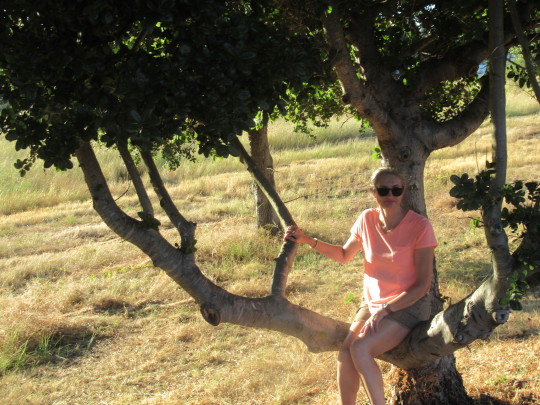
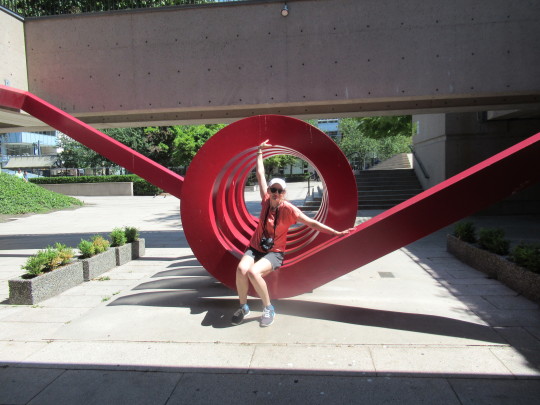




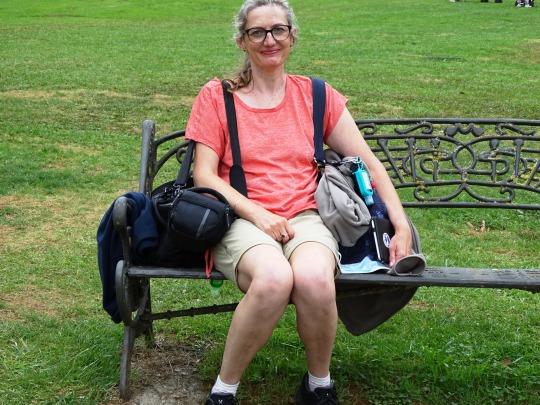




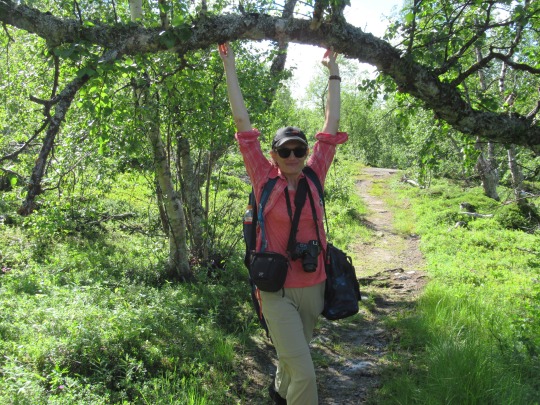



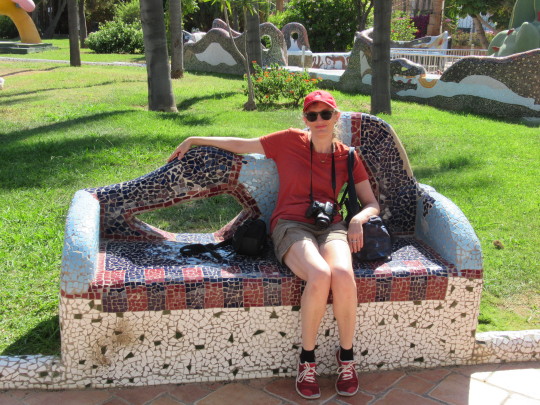

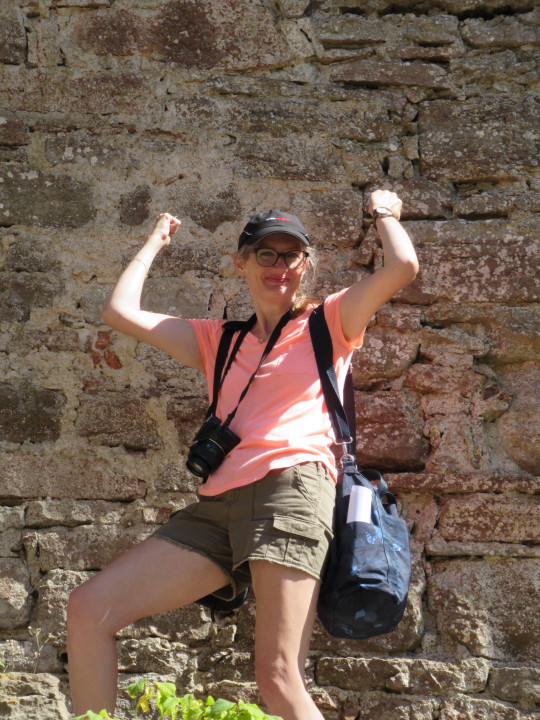


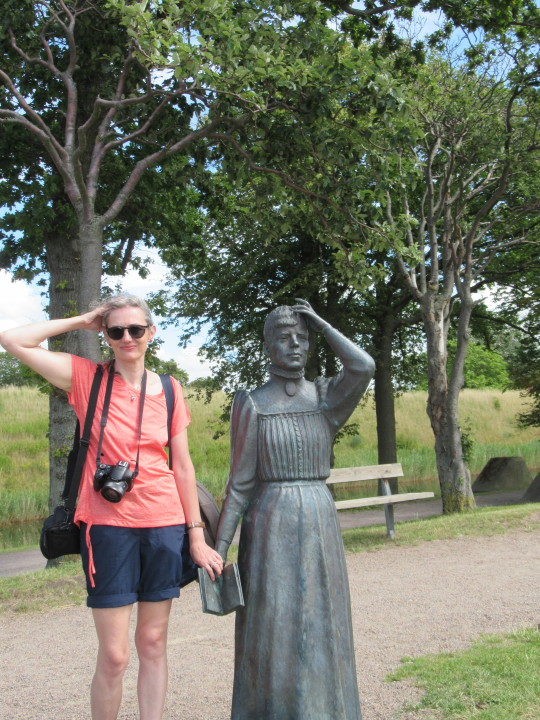
National Day for Truth and Reconciliation
In Canada, over 150,000 First Nations, Métis, and Inuit children were forced to attend residential schools from the 1880s to 1990s. Shortly following the country's founding in 1867, there was an effort to create a Canadian national identity. This meant that the indigenous population would have to assimilate, to the point that their culture would be eradicated. A report released in 1879 said that the only way assimilation could be accomplished would be by taking children from their parents and putting them in residential schools. The report recommended that the government work with Christian churches to open the schools. The Canadian government started funding them in 1883, with the Roman Catholic Church and the Anglican Church being the main organizations running them. The schools did away with indigenous language and culture and replaced them with English and Christianity.
There was resistance from the indigenous population, so, in 1894, the Canadian government made attendance compulsory, and gave the Royal Canadian Mounted Police the authority to take children from reservations and bring them to schools. The schools were underfunded and were rampant with diseases, forced labor, and sexual abuse. Students who spoke in their native language were beaten. When students died, their parents often weren't told about it, and the children were buried in unmarked graves. The 2015 Truth and Reconciliation Commission Report estimated that 6,000 children died while attending the schools.
In the 1950s, the Canadian government started making moves towards shutting down the schools, and they took control of the schools from the churches in 1969. There were still a few schools open in the 1980s, and the last one closed in 1996. The United Church of Canada apologized for its role in the schools in 1986, and the Anglican Church did the same in 1992. Although some Catholic organizations have offered apologies, and Pope Benedict XVI acknowledged the wrongs in 2009, as of 2021, the Catholic Church has not formally apologized.
In 2008, Canadian Prime Minister Stephen Harper apologized for the residential school system on behalf of the Canadian government, and formed the Truth and Reconciliation Commission of Canada, to get to the bottom of what had happened at the residential schools. The final report came out in 2015 and said that the residential school system inflicted "cultural genocide" against the indigenous population. The report outlined the ramifications of the schools. It found that the schools undermined parents' ability to pass along language, which led to 70% of Canada's indigenous languages being classified as endangered. It found that the residential education was deliberately poor, and led to a poorly educated indigenous population that did not make high income in adulthood, which in turn impacted the education of their children and grandchildren, continuing a deficit of education and income in indigenous communities for generations. It found that the physical and sexual abuse that residential school students experienced led to lifelong trauma, and that trauma and abuse sometimes was passed down to children and grandchildren.
The St. Joseph Mission Residential School was in operation from 1891 to 1981, in Williams Lake, British Columbia. The St. Joseph Mission Residential School Commemoration Project and Reunion organized events that were held in Williams Lake in May of 2013. The events commemorated the residential school experience, witnessed to and honored the journey of healing of the survivors and their families, and were a moment of commitment to the ongoing process of reconciliation. They were attended by former residential school students and their relatives, of the Secwepemc, Tsilhqot'in, St'at'imc, and Southern Dakelh Nations, as well as by others in the Cariboo Regional District.
Phyllis Webstad, an alumnus of the residential schools, was the spokesperson for the reunion group leading up to the May 2013 events. When she was six, her grandmother bought her a new orange shirt to wear to her first day of school. On that day, she was stripped of her clothes and the shirt was taken from her, never to be returned. Throughout her life, the color orange reminded her of the event, but also of how the school stripped her identity from her—as it did with so many other children—and how no one had cared what the feelings of her and other children were. She spent years dealing with the repercussions of her residential schooling. She shared her story at the May 2013 events, and it inspired the creation of Orange Shirt Day, which was first held on September 30th, 2013.
Orange Shirt Day facilitates global conversation on all aspects of residential schools, providing an opportunity to have meaningful discussions about their effects and legacy, which spurs reconciliation. The day reaffirms to survivors and others affected that they matter, and, aptly, the official tagline is "Every Child Matters." Orange Shirt Day reminds Canadians that the cultural experiences of all people are relevant and should be embraced and celebrated. On Orange Shirt Day, Canadians are encouraged to learn more about the residential schools and their assimilation practices. Film screenings, memorial walks, and public lectures are organized, and orange shirts are worn.
September 30th was chosen as the date for Orange Shirt Day because it was around that time of the year when children were taken to residential schools, and also because it is a fitting time of year to set forth anti-racism and anti-bullying policies for the upcoming school year. School districts, local governments, and First Nations near the Cariboo Regional District, as well as some from far away from it, have passed resolutions supporting the day. For example, the Assembly of First Nations Chiefs-in-Council passed a resolution in support of the day.
When the Truth and Reconciliation Commission Report was released in 2015, it called for a National Day for Truth and Reconciliation. In 2018, the Department of Canadian Heritage and Multiculturalism announced that it was considering creating the day as a statutory holiday to honor the legacy of residential schools. September 30th, the date of Orange Shirt Day, was chosen for it, and a bill for the day was introduced to the House of Commons by Georgina Jolibois. It was passed on March 21, 2019, but didn't make it through the Senate before the next election.
On September 29, 2020, during the next parliamentary session, a similar bill was tabled by Steven Guilbeault, Canada's Heritage Minister. On May 27, 2021, the bodies of 215 children were found in an unmarked cemetery on the grounds of the former Kamloops Indian Residential School. The House of Commons agreed to fast-track the bill the following day, and it passed by unanimous consent. The Senate passed it unanimously six days later, and on June 3rd, it received royal assent, and the National Day for Truth and Reconciliation became a federal statutory holiday. It is a paid holiday for federally regulated employees in Canada, and for some private-sector employees. Today, Orange Shirt Day and the National Day for Truth and Reconciliation coincide with each other, grapple with the same history, and have similar goals.
How to Observe Orange Shirt Day
Some ways you could take part in the day include:
Wear an orange shirt. This could spark a conversation about the residential schools.
Learn more about residential schools and their assimilation practices, perhaps by reading a book about the schools.
Check for, organize, or attend events like film screenings, memorial walks, and public lectures. Share your story or listen to the stories of others. Post pictures on social media of events you attend.
Watch Every Child Matters: Reconciliation Through Education.
Read Orange Shirt Day or another book related to Orange Shirt Day.
If you're an educator, explore the Orange Shirt Day teacher resources.
Take part in the Orange Shirt Day Design Contest.
Visit the National Centre for Truth and Reconciliation or explore its website.
Learn about similarities and differences between Canada's residential schools and those that were in the United States.
Join the Orange Shirt Day mailing list.
Donate to the Orange Shirt Society.
Source
#Vancouver#Napa#Whitehorse#Yukon#survivors of Whitehorse Indian Mission School by Ken Anderson#Finding Peace Monument by Halain De Repentigny#Spain#USA#Portugal#Sweden#original photography#travel#vacation#St. Helena#Napa Valley#California#HALL Wines St. Helena#cityscape#summer 2022#2021#2020#Borgholm Castle#Landskrona Citadel#Lisbon#National Day for Truth and Reconciliation#30 September#tourist attraction#NationalDayForTruthAndReconciliation#OrangeShirtDay#First Nations
1 note
·
View note